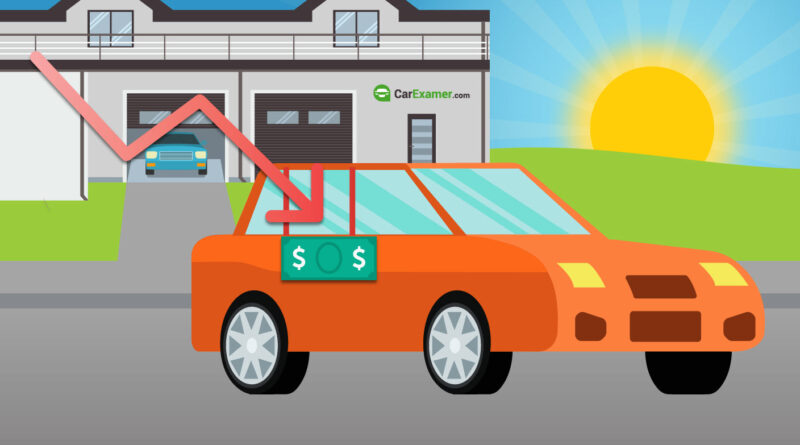Guide How to Calculate Vehicle Depreciation
Understanding how to calculate vehicle depreciation is crucial for car owners, especially when planning to sell, trade-in, or claim insurance. This guide will walk you through the steps to calculate your vehicle’s depreciation accurately. Vehicle depreciation is the decline in a car’s value over time due to factors like age, mileage, and wear and tear.
What is Vehicle Depreciation?
Vehicle depreciation refers to the reduction in a car’s market value over time. It’s influenced by various factors, including the car’s make and model, age, mileage, condition, and market demand. On average, a new car loses about 20% of its value in the first year and continues to depreciate by around 10-15% each subsequent year.
Factors Affecting Vehicle Depreciation
- Age:
- Newer cars depreciate faster than older cars.
- Mileage:
- Higher mileage generally leads to greater depreciation.
- Condition:
- Well-maintained cars depreciate slower than those in poor condition.
- Make and Model:
- Some brands and models hold their value better than others.
- Market Demand:
- Popular cars with high demand depreciate less.
- Economic Conditions:
- Economic factors like inflation, fuel prices, and market trends can affect depreciation.
Steps to Calculate Vehicle Depreciation
- Determine the Initial Purchase Price:
- Start with the vehicle’s original purchase price or MSRP (Manufacturer’s Suggested Retail Price).
- Use a Depreciation Calculator:
- Online depreciation calculators, like those found on Edmunds or Kelley Blue Book, can provide a quick estimate of your car’s depreciation.
- Apply the Average Depreciation Rate:
- Use the average depreciation rates:
- Year 1: 20%
- Year 2-3: 15% per year
- Year 4-5: 10% per year
- Use the average depreciation rates:
- Calculate Annual Depreciation:
- For a car purchased at $30,000, the calculations would be:
- After 1 year: $30,000 – ($30,000 x 0.20) = $24,000
- After 2 years: $24,000 – ($24,000 x 0.15) = $20,400
- After 3 years: $20,400 – ($20,400 x 0.15) = $17,340
- And so on.
- For a car purchased at $30,000, the calculations would be:
- Adjust for Specific Factors:
- Adjust the calculation based on specific factors like higher-than-average mileage or significant wear and tear.
- Consider Residual Value:
- The residual value is the estimated value of your car at the end of a lease term or a certain number of years. It’s often used in lease agreements and can give insight into future depreciation.
Tips for Minimizing Vehicle Depreciation
- Regular Maintenance:
- Keep your car well-maintained with regular servicing.
- Limit Mileage:
- Try to keep annual mileage below average (about 12,000 miles per year).
- Choose a Resale-Friendly Car:
- Some brands and models hold their value better than others.
- Keep Records:
- Maintain detailed service records to prove your car’s condition.
- Avoid Customizations:
- Custom features can decrease a car’s resale value.
Conclusion
Calculating vehicle depreciation is essential for understanding your car’s value over time. By considering factors like age, mileage, and market demand, and using depreciation formulas or online calculators, you can accurately estimate how much your car is worth at any given time. Following tips to minimize depreciation can help you maintain your car’s value longer, ensuring you get the best possible return when it’s time to sell or trade-in. Understanding vehicles depreciation.

